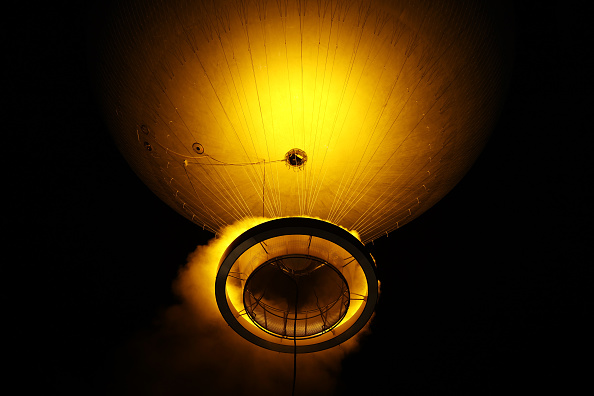
‘It was the best of times, it was the worst of times.’ Charles Dickens’ opening line of A Tale of Two Cities felt strangely appropriate for the opening ceremony of the Paris 2024 Olympics. To a backdrop of pouring rain, a sequence of extraordinary vignettes rolled out along the Seine, sometimes spectacular and moving, sometimes soggy and shoddy. Ceremonies all but done, after three hours, the crowds in Paris and around the world united in a gasp as Mathieu Lehanneur’s torches handed the Olympic flame over to his cauldron. Eyes, spirits and cauldron rose into the air simultaneously.
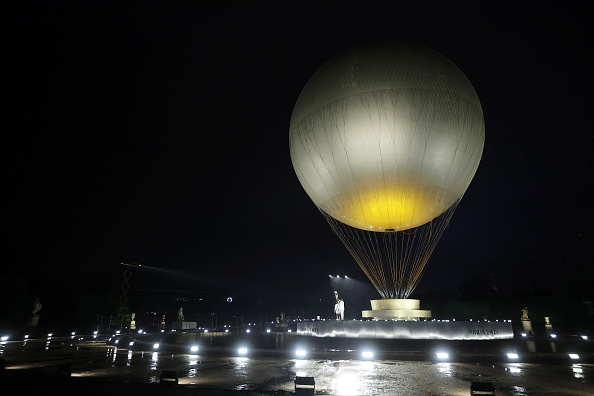
Lehanneur has risen to the challenge of creating a spectacle laden with symbolism. For a designer whose work is more usually characterised by ethereal elegance, he has combined a perfect sense of occasion whilst avoiding bombast, indulging in poetry and maintaining dignity. It feels like a long time ago since we were introduced to his torch, with its promise of ‘symmetry to express a message of equality. I wanted it to be extremely pure, iconic and almost essential. Simple like a hyphen and fluid like a flame,’ Lehanneur said of his design.
Lehanneur was tasked with three commissions that would take the flame from Athens to Paris: the Olympic torch, the mobile relay cauldron and the Olympic cauldron itself. The designer revealed that the symmetry of the torch represents 'equality', the circular relay cauldron symbolises 'fraternity', whilst the final cauldron in the Tuileries completes the French National motto with its embodiment of 'liberty'. All three flame-bearing creations share the same material and hue, derived from combining the gold, silver and bronze of the games medals.
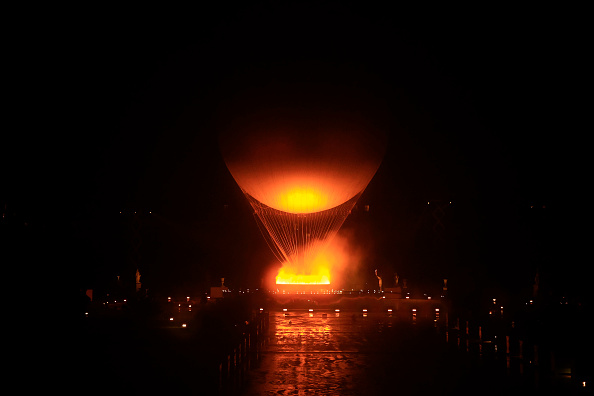
After being carried across continents, countries, and latterly through the hands of several French Olympians past and present, the torch arrived at the Tuileries, at the foot of the giant balloon that has mystified Parisians in the week since it arrived in their city. Three-time judo champion Teddy Riner and three-time gold-winning sprinter Marie-José Peréc did the honours with the final leg of the torch, lighting a 7m-wide circular base beneath the 30m-high balloon. It's not just an Olympic first that the cauldron is situated outside the stadium, nor that it is suspended in the air - it is also the first time the flame is 100% electric. Anyone concerned about the rain dampening the flame on the opening night needn't have worried; the 'flames' are in fact a combination of 40 LED spotlights and 200 high-pressure misting nozzles, orchestrated by EDF, a premium partner for Paris 2024. As part of its partnership with Paris 2024, EDF is supplying 100% renewable electricity produced in France to power the Games venues.
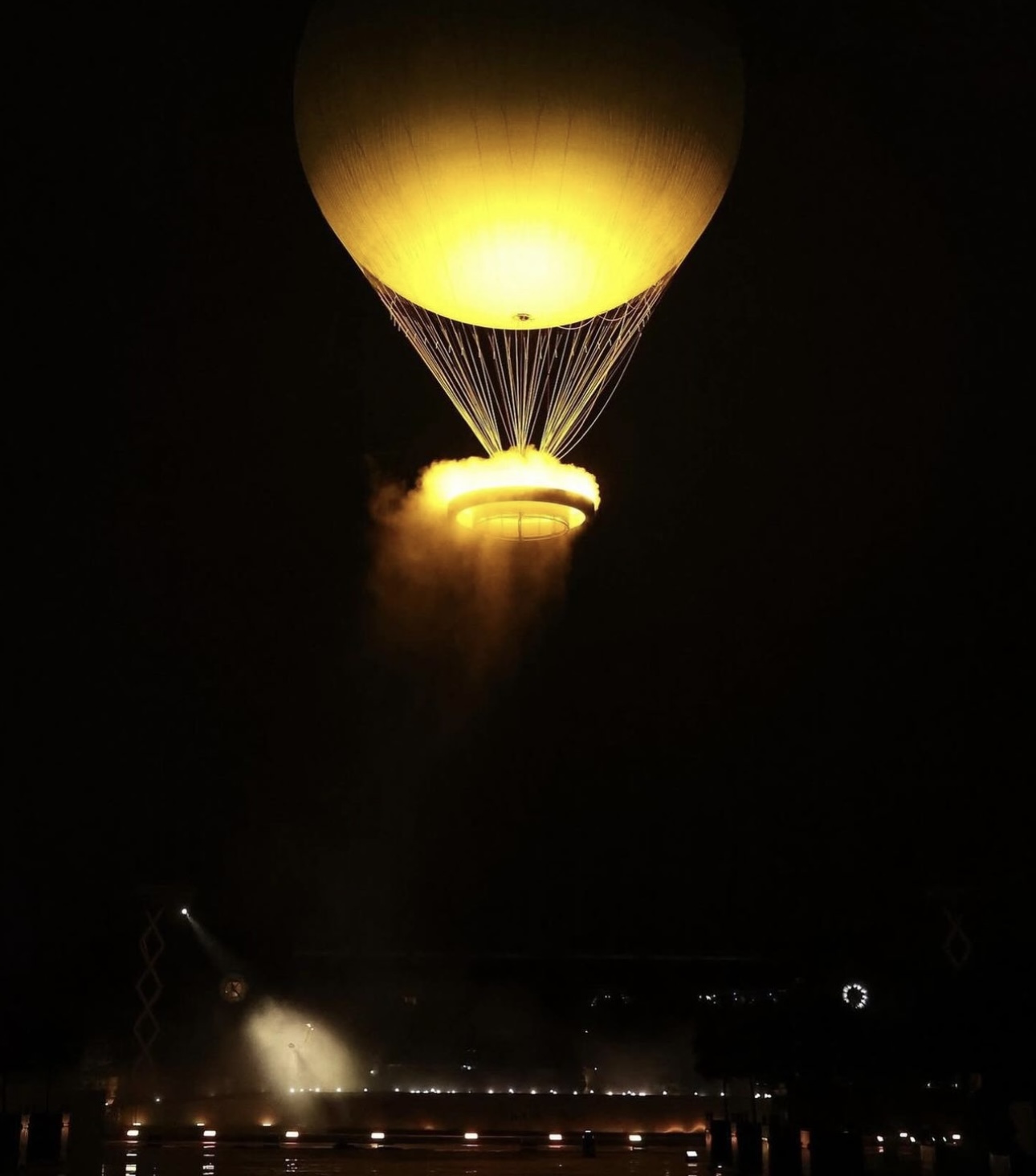
'This absolutely unique Cauldron represents all the spirit I wanted to give to the Olympic and Paralympic objects,' said Lehanneur on the unveiling of the third design in his Olympic trilogy. 'Light, magical and unifying, it will be a beacon in the night and a sun within reach during the day. The fire that burns in it will be made of light and water, like a cool oasis in the heart of summer. I created the Torch, the Relay cauldron and the Olympic Cauldron as three chapters in the same story. The Cauldron is the epilogue and the ultimate symbol of that story.'
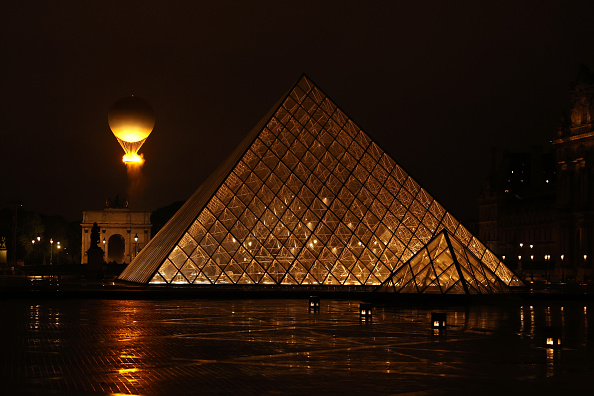
Paris, and notably the Tuileries has a long history of pioneering flight in various forms. It was in Paris, in 1783, that the very first flight in the history of humanity took place. The scientist Pilâtre de Rozier and the Marquis d'Arlandes took to the skies on the basis of research by the Montgolfier brothers. Just a few days later, physicist Jacques Charles unveiled his gas balloon, filled with hydrogen, in front of a 400,000-strong audience in raptures. A century later and once again in the Tuileries, French engineer, Henri Giffard, introduced the captive balloon - a gas balloon and a steam winch - to rapturous crowds. 'With a Flying Cauldron, we wanted to pay tribute to the spirit of daring, creativity, innovation - and sometimes madness! - of France, at the heart of the DNA of Paris 2024,' said Tony Estanguet, president of Paris 2024.
Although this is the third time that Paris has hosted the Olympics, the Olympic flame was only introduced in 1928, so this is the first time the city has had to look after fire as well as the athletes. In the spirit of its promise to be 'Games Wide Open', the cauldron will be tethered to the ground at the Tuileries and available for the public to visit and see up close. From sunset to 2am each day, it will take to the skies, 60-metres up, to be visible from key vantage points across the city.
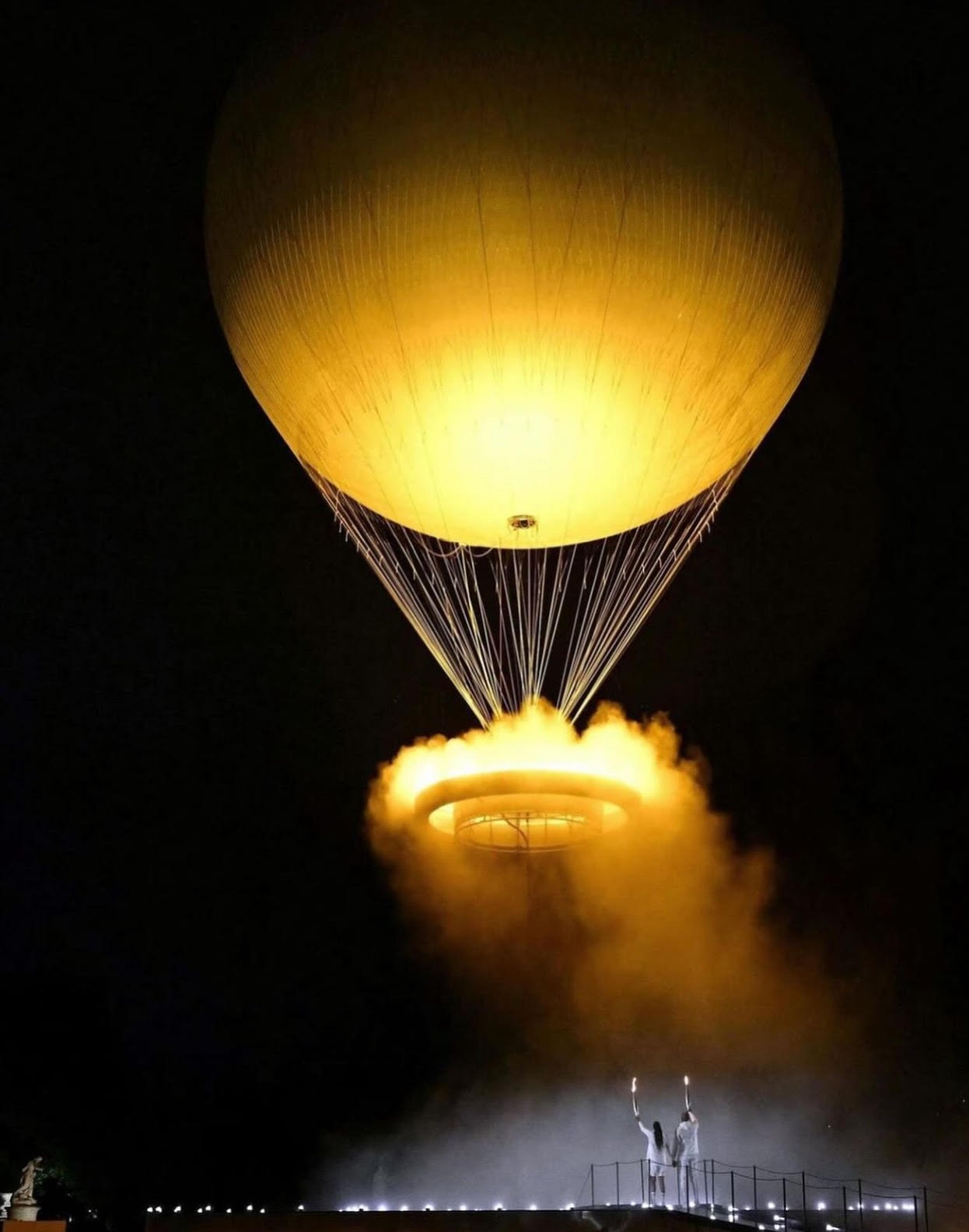
The ambitious opening ceremony of Paris 2024 unleashed beyond the stadium and into the city at large will be remembered for its cauldron moment alone. It’s easy to be cynical about the role of ceremony in our modern lives but, for a brief moment, Lehanneur and the Paris 2024 team achieved that rare sense of magic, when everyone is surprised, spellbound and uplifted. Let the games begin.







